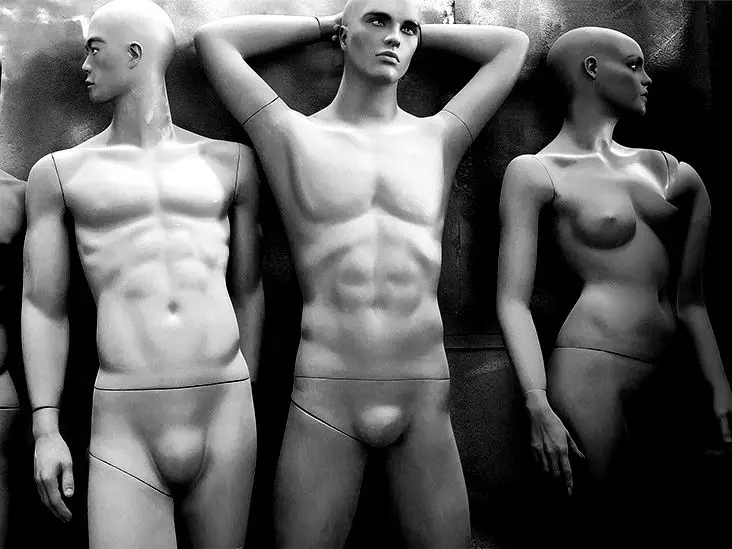The reproductive system is a complex and vital system in the human body, responsible for functions such as sex, menstruation, and reproduction. It involves a combination of internal and external organs, along with the production of hormones that regulate its functioning. This article aims to delve deeper into the female and male reproductive systems, exploring their functions, anatomy, and potential health issues.
The female reproductive system comprises both internal and external organs that play crucial roles in the production of offspring and the regulation of sexual function. The external organs include the vulva, mons pubis, labia majora, labia minora, clitoris, and urethra opening. On the other hand, the internal organs consist of the vagina, cervix, uterus, ovaries, and fallopian tubes – each with specific functions related to reproduction and hormone production.
The Menstrual Cycle
A significant aspect of the female reproductive system is the menstrual cycle, a monthly process aimed at preparing the body for pregnancy. This cycle involves hormonal fluctuations, the shedding of the uterine lining, and the maturation of eggs. Throughout a woman’s life, the number of eggs she has decreases, with an estimated count of eggs at various stages representing fertility levels over time.
Hormones play a vital role in regulating the female reproductive system. Estrogen and progesterone are among the key hormones involved in the monthly reproductive cycle, impacting menstruation and fertility levels. These hormones are crucial for sexual development, pregnancy support, and overall reproductive health in females.
In contrast, the male reproductive system consists of organs such as the penis, testicles, prostate, epididymis, seminal vesicles, and vas deferens. These organs work together to produce sperm, transfer it through the male reproductive tract, and eventually facilitate ejaculation for reproduction. Male reproductive hormones, including testosterone, FSH, and LH, are essential for sperm development, sexual function, and overall reproductive health in males.
Notably, there are diverse variations in the reproductive anatomy that do not conform to traditional male or female categories, known as intersex conditions. Intersex individuals may have varying combinations of genitalia, hormones, and reproductive organs that do not align with binary gender norms. Understanding and accepting intersex variations are crucial for promoting inclusivity and recognizing the complexity of human biology.
Both female and male reproductive systems are susceptible to various medical conditions that can impact fertility, sexual health, and overall well-being. Seeking medical advice from specialists such as gynecologists and urologists is recommended for addressing concerns related to reproductive health. Additionally, sexual health clinics and mental health professionals can provide support for individuals facing challenges with their reproductive systems.
The reproductive system is a multifaceted and essential component of human biology, encompassing intricate processes, organs, and hormones that influence sexual function, reproduction, and overall health. Understanding the intricacies of the female and male reproductive systems, along with potential variations and medical conditions, is crucial for promoting reproductive health and well-being in individuals. By prioritizing regular check-ups, seeking medical advice when needed, and fostering awareness and acceptance of diverse reproductive experiences, we can support a more inclusive and informed approach to reproductive health care.

